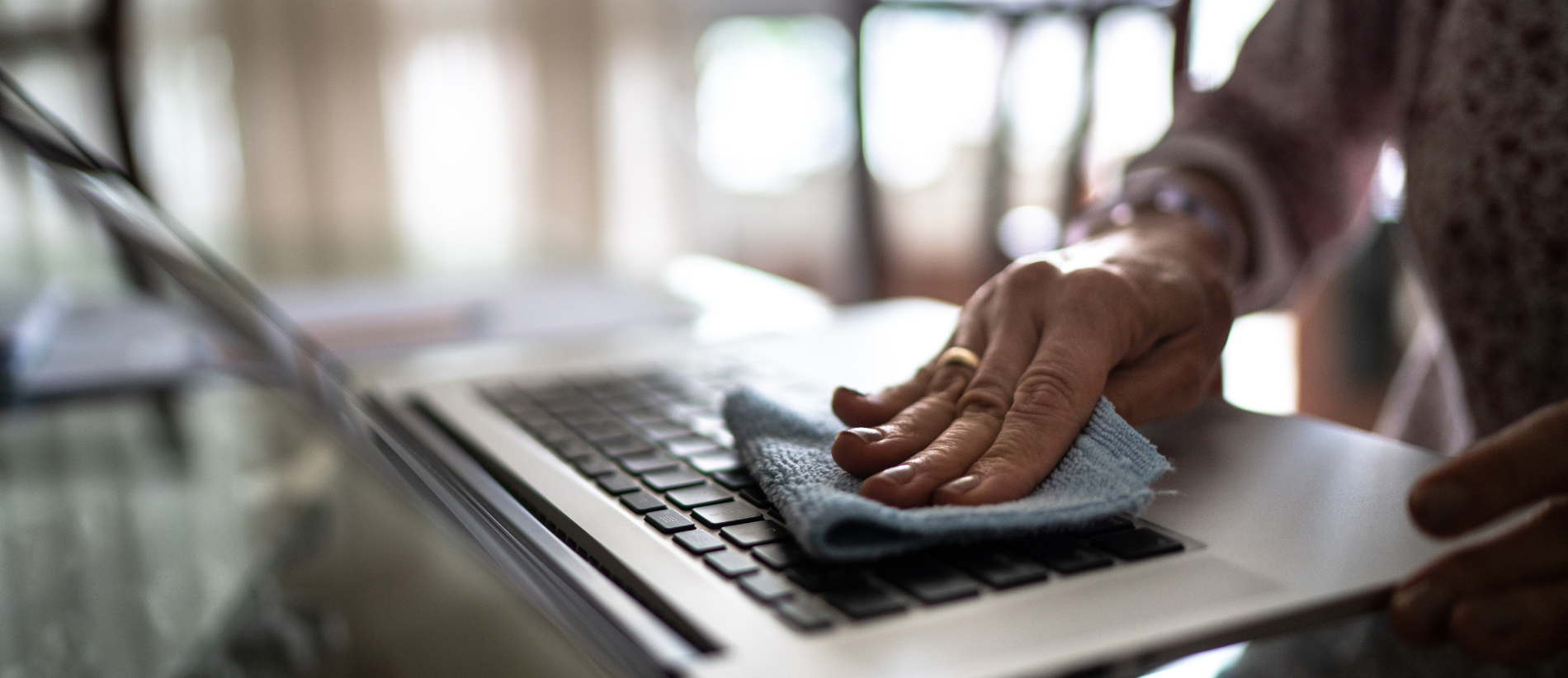The state of New York previously mandated that employers provide emergency sick leave relating to COVID-19. On Jan. 20, 2021, New York provided additional guidance about when an employer is obligated to provide emergency sick leave to employees working in New York when they become subject to a mandatory or precautionary order (“Order”) of quarantine or isolation issued by the state of New York, the department of health, local board of health, or any governmental entity duly authorized to issue such order due to COVID-19. An Order generally covers a 14-day period. The following summarizes emergency sick pay and leave requirements as well as the recent guidance updating employer responsibilities.
Employer required sick pay
The amount of emergency sick leave or sick pay a New York employee is entitled to is based on employer size (determined by counting the number of employees working in New York absent further guidance), and in some cases, employer income. Employer obligations are based on employer size effective on Jan. 1, 2020, as follows:
Employers with 10 or fewer employees and a net income of $1 million or less in the previous tax year must provide an employee subject to an Order with unpaid sick leave until the termination of the Order. During the period of the Order, an employee is eligible for COVID-19 expanded paid family leave and disability benefits.
Employers with 10 or fewer employees that have a net income of greater than $1 million in the previous tax year must provide an employee subject to an Order with at least five days of paid sick leave and then unpaid leave until the termination of the Order. After five days of paid sick leave, the employee becomes eligible for state-provided COVID-19 expanded paid family leave and disability benefits through the duration of the Order.
Employers with 11 to 99 employees must provide an employee subject to an Order with at least five days of paid sick leave and then unpaid leave until the termination of the Order. After five days of paid sick leave, the employee becomes eligible for state-provided COVID-19 expanded paid family leave and disability benefits through the duration of the Order.
Employers with 100 or more employees must provide an employee subject to an Order with up to 14 days of paid sick leave until the termination of the Order.
Public employers must provide an employee subject to an Order with up to 14 days of paid sick leave until the termination of the Order.
Lockton comment: It is important to note that even if the employer is not responsible for offering emergency sick pay, employees must be provided sick leave and must be offered job protection while subject to an Order. The standard order requires quarantine or isolation for up to 14 days. For the period an employer is not required to provide sick pay during the full 14 days of the Order, the state of New York has enhanced its paid family leave and disability benefits to provide wage replacement during that unpaid period.
State paid family leave and disability benefits
New York has expanded paid family leave and temporary disability benefits to provide wage replacement to employees subject to an Order during the period an employer is not obligated to provide paid sick leave. Benefits are available when the employee is subject to an Order due to the employee’s own disability or because of the need to care for a minor child. Expanded benefits are payable without any waiting period. Benefits cannot exceed $840.70 in weekly paid family leave benefits or $2,043.92 in disability benefits. For an employee subject to an Order due to their own disability, the employee is entitled to paid family leave benefits and, if needed, additional disability compensation up to a combined weekly maximum of $2,884.62 per week.
Proof
An employer must accept a mandatory or precautionary order of quarantine or isolation issued by the state, the department of health, a local board of health, or any government entity duly authorized to issue such order due to COVID-19 as proof of entitlement to emergency sick pay. Orders may be obtained by an employee from their local health department.
Emergency sick pay must be paid first
An employer may not require an employee to use other accrued paid time off before entitlement to emergency sick pay due to COVID-19.
Employee eligibility
All employees working in New York are eligible for emergency sick pay and/or expanded paid family and disability benefits regardless of citizenship or immigration status.
Excluded employees
Employees are not eligible for emergency paid sick leave if they become subject to an Order following:
Personal travel to a country for which the Centers for Disease Control and Prevention (CDC) has a Level 2 or Level 3 travel health notice. The employer must share the CDC notice and notify the employee, before travel commences, that the employee will not be entitled to emergency paid sick leave if they become subject to an Order upon return to the U.S.; or
Voluntary travel to a state with a positive test rate higher than 10 per 10,000 residents or higher than a 10% test positivity rate over a seven-day rolling average if that state was added to the New York Department of Health's list meeting these conditions.
An employee who becomes subject to an Order after returning from excluded personal travel is entitled to use available accrued leave. If accrued leave is unavailable or exhausted, the employee is entitled to unpaid sick leave while the Order applies.
An employee under an Order who is deemed asymptomatic or who has not yet been diagnosed with any medical condition and who is physically able to work through remote access or other similar means is not entitled to either emergency sick pay or expanded paid family leave and disability benefits.
Finally, if the employer closes the business for a reason related to COVID-19 or due to a mandatory order of a government entity to close, an employee is not entitled to emergency sick pay. However, in these circumstances’ employees may immediately apply for unemployment benefits.
Job protection
Employers must restore an employee to the position held prior to taking any emergency sick leave with the same pay and other terms and conditions of employment. Employers are prohibited from discharging, threatening, penalizing, discriminating in any other manner, or retaliating against an employee because they have taken emergency sick leave.
Recent guidance expanding eligibility for sick pay
New York issued new guidance clarifying that except for nursing home employees, an employee does not need to be tested before returning to work following an Order. Further, the guidance expands employer obligations to offer emergency sick leave under the following circumstances:
If an employee tests positive for COVID-19 after having already been subject to a previous Order, they are deemed to be subject to a new Order establishing a new second entitlement to emergency sick leave and are prohibited from returning to work. Employers may require documentation from a medical provider or testing facility of the positive COVID-19 results (unless the test was given by the employer).
Similarly, if an employee continues to test positive for COVID-19 immediately after the initial Order’s quarantine or isolation period has ended, they are under a new Order and again become entitled to a second round of emergency sick leave. Employers may require evidence of a positive test from a medical provider or testing facility (unless the test was given by the employer).
The new guidance further clarified that without an Order, if an employer requires an employee to remain out of work due to exposure or potential exposure to COVID-19, the employer must continue to pay the employee at their regular rate of pay unless and until the employee is permitted to return to work or the employee becomes subject to a mandatory or precautionary Order.
Lockton comment: Essentially, this means the employer will need to provide emergency sick pay for each new 14-day Order requiring quarantine or isolation. For example, if an employee is entitled to five paid sick days under an original 14-day Order, but tests positive for COVID-19 at the conclusion of that that Order, the employer will need to provide an additional five days of paid sick time as the employee will be considered to be covered under a second 14-day Order.
Fortunately, New York has indicated that the maximum number of events that can trigger the employer’s responsibility to provide emergency sick leave is limited to three. To be entitled to emergency sick leave, the second and third Orders must be triggered by the employee having a positive COVID-19 test and does not apply if there is simply a risk of exposure.
Conclusion
Employers should review their sick leave policies to assure they are offering the required amount of emergency sick leave and pay. Employers also need to be cognizant that the emergency sick pay requirement can be triggered by up to three Orders, provided the employee otherwise meets outlined eligibility criteria.
Not legal advice: Nothing in this alert should be construed as legal advice. Lockton may not be considered your legal counsel, and communications with Lockton's HR Compliance Consulting group are not privileged under the attorney-client privilege.
 Download alert (opens a new window)
Download alert (opens a new window)


